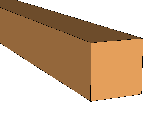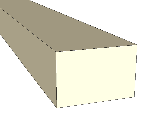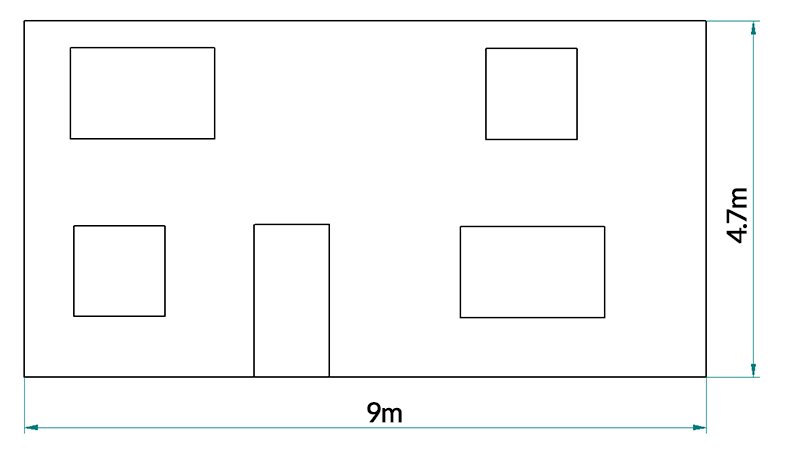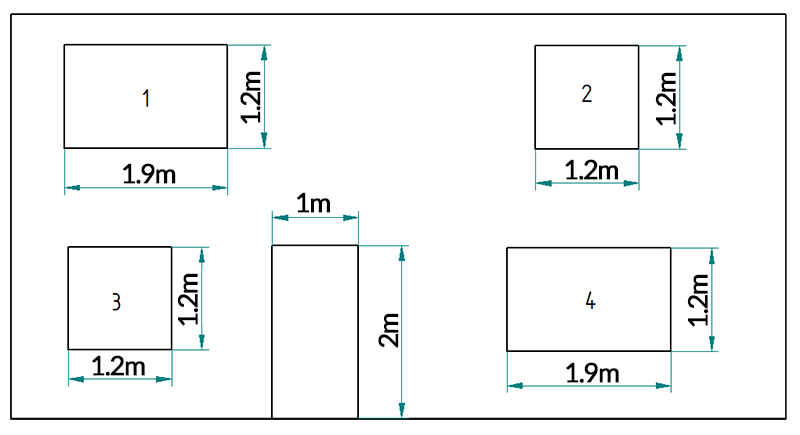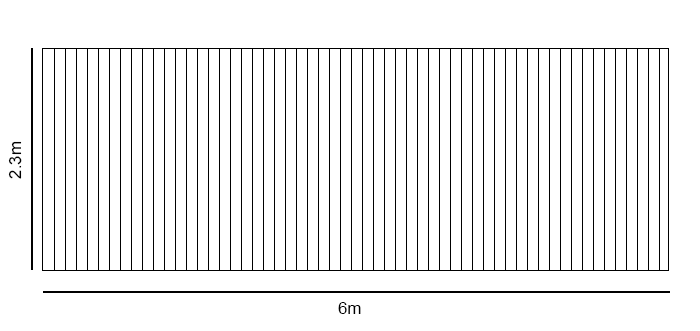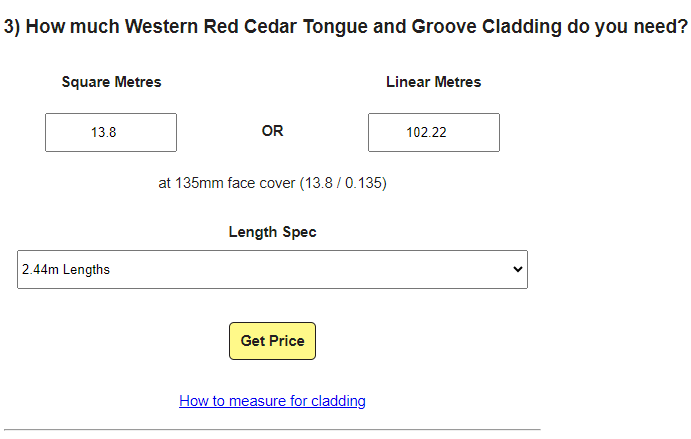English Oak Feather Edge Cladding
English Oak Feather Edge Cladding is fresh sawn with knotty character and a rich golden colour.
Photo: Treated Oak Feather Edge
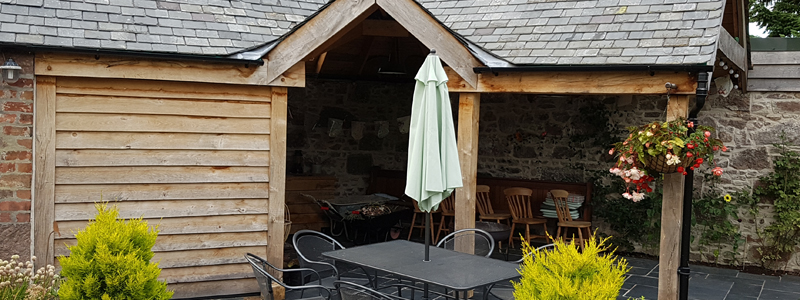
Work out a Price Below
1) Click to choose a Feather Edge Cladding profile






2) Click to choose a grade of English Oak
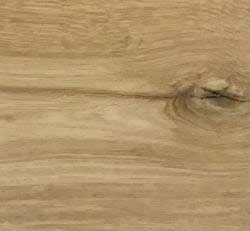
3) How much English Oak Feather Edge Cladding do you need?
Related Products
English Oak Feather Edge Cladding
There are two different profiles of English Oak Feather Edge Cladding that we supply:
- IWC9 - 200mm wide Feather Edge English Oak Cladding - to be overlapped 25mm giving 175mm face cover
- IWC10 - 150mm wide Feather Edge English Oak Cladding - to be overlapped 25mm giving 125mm face cover
The difference between the two profiles is that IWC9 has a 175mm face and IWC10 has a 125mm face.
Feather Edge is a fresh sawn product and we supply English Oak in the Fresh Sawn Character Grade. The character grade Oak will have some small knots in but there will be no large dead knots. The oak is sourced from regulated forests throughout Britain which means that the timber comes from renewable sources.
British Oak is becoming more and more popular and some projects are starting to specify the use of English timbers over the use of their foreign counterparts.
Usually we supply cladding in random lengths, however, we can supply exact lengths when required. If you do require exact lengths then please contact us, by calling 01889 597281 or by talking to us on the online chat, before ordering so that we can check whether we can supply those lengths or not. If we can supply the lengths you can enter them in the “Special Instructions” box on the shopping basket page.
Treatments
Most people leave their timber to go the traditional silver-grey in the sun. We recommend talking to www.wood-finishes-direct.com if you would like to treat your timber. If you do decide to treat your timber, it needs to be treated all the way round including the ends to prevent moisture getting in at all.
- Bryan Martin
Used previously and been very satisfied with service and value.
- Andrew O'Dare
Have used before. Great products and service.
- Jeff Benson
We are over the moon with our charred wood cladding. The charred effect is everything we hoped it would be and our new shed looks amazing.
- Thomas Green
Used before, good quality timber at a good price and good communication and service throughout the process
- Matthew Grove
Fresh Sawn Character Grade
Product Code: IW-18-45-15-3
Specify: Fresh Sawn Character Grade Oak, English External Cladding Feather Edge Cladding from iWood Timber
DELIVERY TIMES
Our timber is imported straight from sawmills on the continent. Our usual lead times are therefore 10 to 14 working days.
WHAT ARE YOUR DELIVERY COSTS?
We calculate our delivery costs based on how far away you are from us, to get more information on this please check out our shipping costs page.
DELIVERY DAY
Our delivery lorries visit different parts of the country on different days, so once your order is ready we will work with you to arrange a delivery day for when one of our lorries is in your area. We will always arrange the delivery day in advance with you.
DELIVERY TIMES
We deliver weekdays Monday to Friday between the hours of 8am to 5pm. Our delivery vehicles will have multiple jobs on them which can affect the delivery time to you, depending on factors such as traffic and how long it takes to offload the previous jobs. The driver will call you in advance with an estimated time of arrival to make sure you'll be there.
HOW DO I PLACE AN ORDER FOR CLADDING?
You can place your order online by working out your price above and adding your items to your shopping basket. You can then check out and your order will be processed securely and a confirmation email sent. Once your order arrives in our depot, we'll give you a call to arrange delivery.
CAN I ORDER SAMPLES?
Yes you can, you can order samples of certain timbers at www.iwood.co.uk/sample-request/. If the species you need isn't there please give us a call or talk to us on our online chat.
The timbers shown are planed all round samples and are not profiled.
Call our seasoned sales team on 01889 597 281.
Send us a message through our Contact Form.
Email your cutting list to enquiries@iwood.co.uk.







 Main Menu
Main Menu


 Added to Basket
Added to Basket